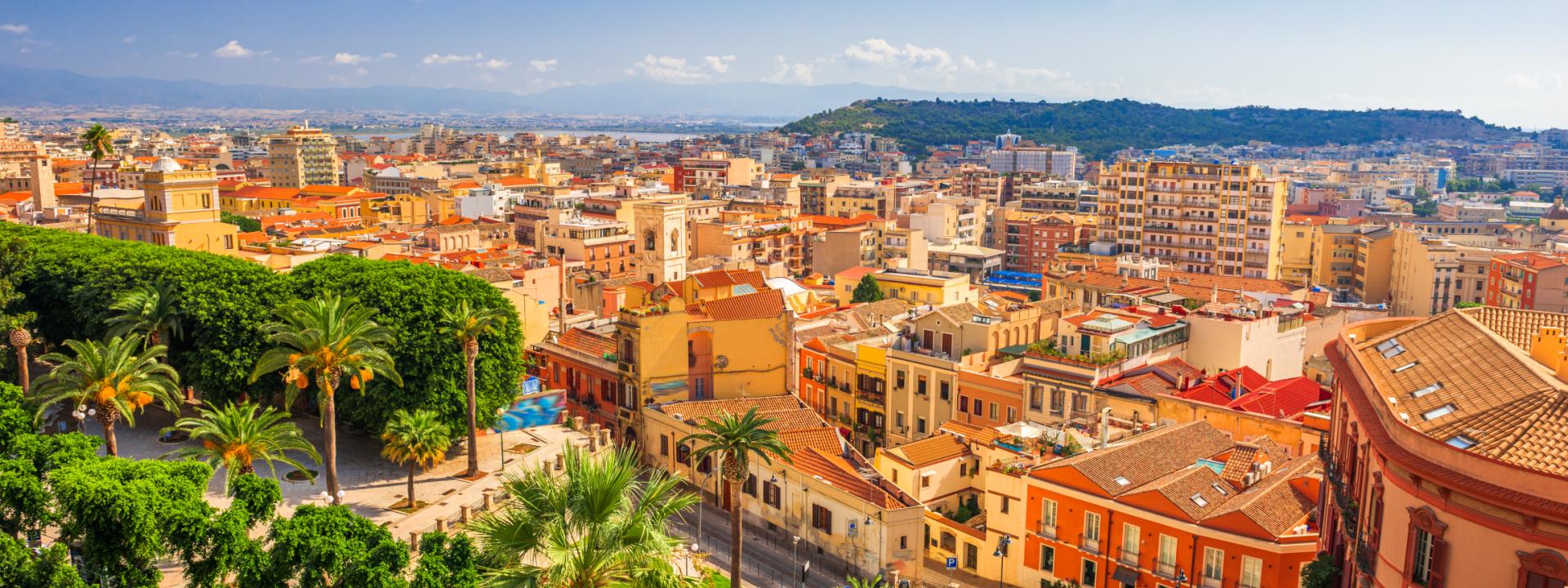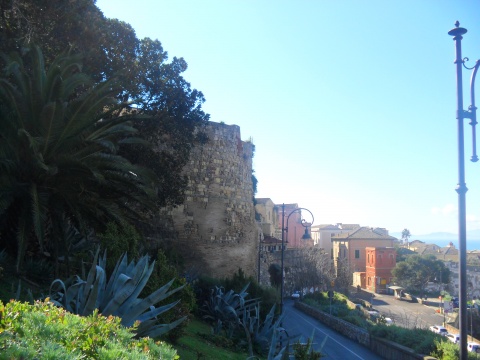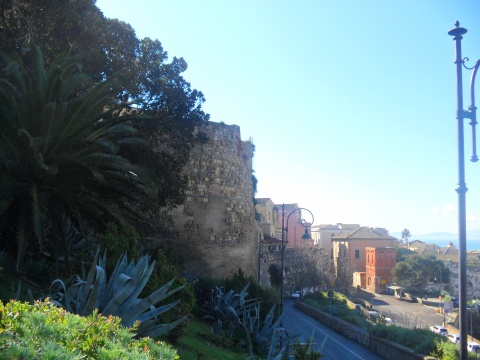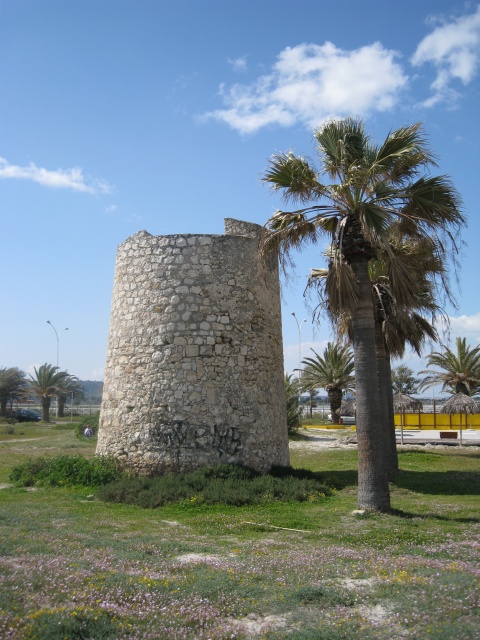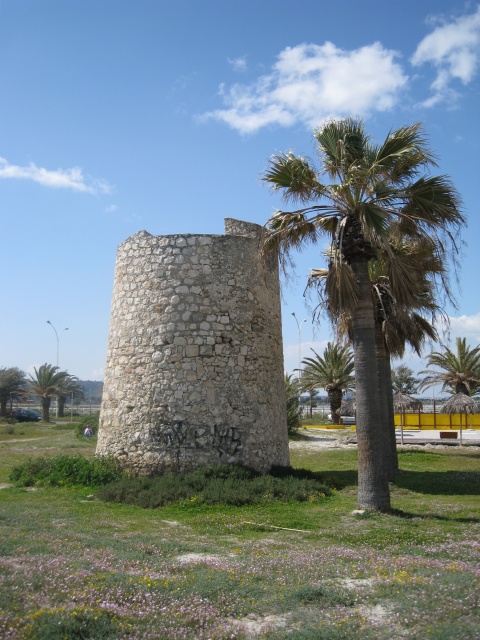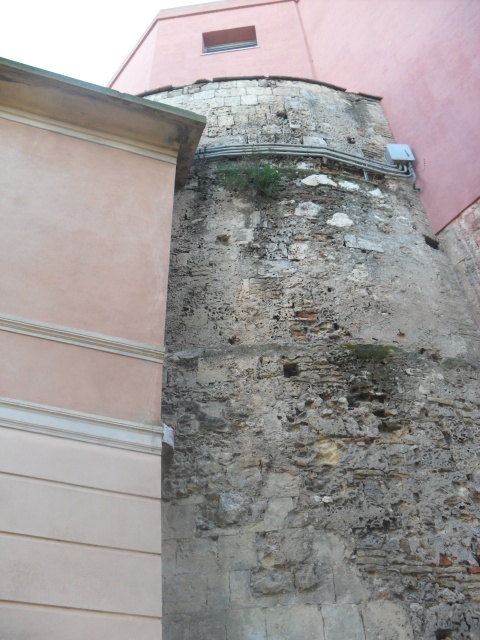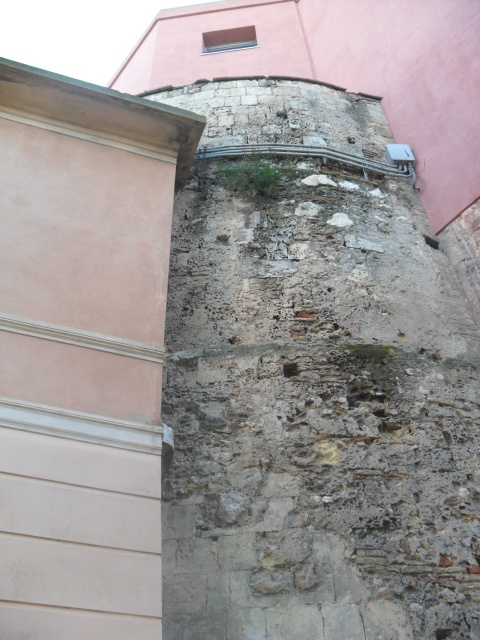The Tower Franca (or Tower Passarina), with its twin Tedeschina, closed the north front of Castello. Today it is visible, only partially, in Arsenale Square, on the right side of the Palace of the Seziate, and in Buoncammino Avenue, on the left, turning from Porta Cristina.
Built in the sixteenth century, it was used as a tower of ammunition but, in 1575, due to the modified defensive needs, it was lowered and absorbed, together with the Tedeschina, in the Bastion of the Conception; a curtain joined it to the Gate of the Capuchins (near the current Cristina’s Gate), giving rise to what would later become Arsenale Square.
Towards the end of the seventeenth century, the Palace of the Seziate was built in the space until then occupied by the curtain wall and, in 1839-40, the Palace, shortly before raised above one floor, ended up incorporating the tower, then renamed Torrione delle Seziate.
In the 1980s it was also the subject of the restoration that affected Arsenale Square, following which you can now access the interior of the Seziate curtain to admire the intact wall face of the tower.
The upper part of the tower now houses some offices of the BAPSAE Superintendency of the Provinces of Cagliari and Oristano.


